justpeachy
Shiny_Rock
- Joined
- Oct 31, 2017
- Messages
- 117
Hoping to get some insight re: platinum alloy choices. I've searched and read through most relevant threads here, and done my fair share of googling. I thought it might be helpful to ask specifically regarding what I like/hope for, and the design of my ring (as I understand sometimes pave vs. polished shanks, mixed metals, etc. can affect what someone may choose).
I'm going to have an EC bezel set in rose gold, with a platinum halo surrounding. The shoulders will also be pave in platinum, tapering down to a hand carved floral platinum accent with a diamond center. The shank will transition to rose gold from then on. I'm attaching one of my inspiration photos (by CVB) to better demonstrate how it will flow.
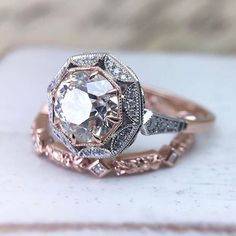
The options I've been presented are PT90 with iridium, or PT95 with rhodium (I'm researching under the assumption that they meant ruthenium as I can't find information on a rhodium mix. If there is one please correct me!)
I hardly ever take my rings off. I'm not necessarily hard on them, but they do get a ton of wear. I would like the platinum to stay as bright white as possible. I do not want it to be brittle. I'm happy to send it off for a polish annually.
And bonus question: Will the patina develop just as strongly around the halo and pave shoulders as it might a shank? Is it possible to polish in those areas or will that affect the milgrain? Thanks in advance for any info!
I'm going to have an EC bezel set in rose gold, with a platinum halo surrounding. The shoulders will also be pave in platinum, tapering down to a hand carved floral platinum accent with a diamond center. The shank will transition to rose gold from then on. I'm attaching one of my inspiration photos (by CVB) to better demonstrate how it will flow.

The options I've been presented are PT90 with iridium, or PT95 with rhodium (I'm researching under the assumption that they meant ruthenium as I can't find information on a rhodium mix. If there is one please correct me!)
I hardly ever take my rings off. I'm not necessarily hard on them, but they do get a ton of wear. I would like the platinum to stay as bright white as possible. I do not want it to be brittle. I'm happy to send it off for a polish annually.
And bonus question: Will the patina develop just as strongly around the halo and pave shoulders as it might a shank? Is it possible to polish in those areas or will that affect the milgrain? Thanks in advance for any info!


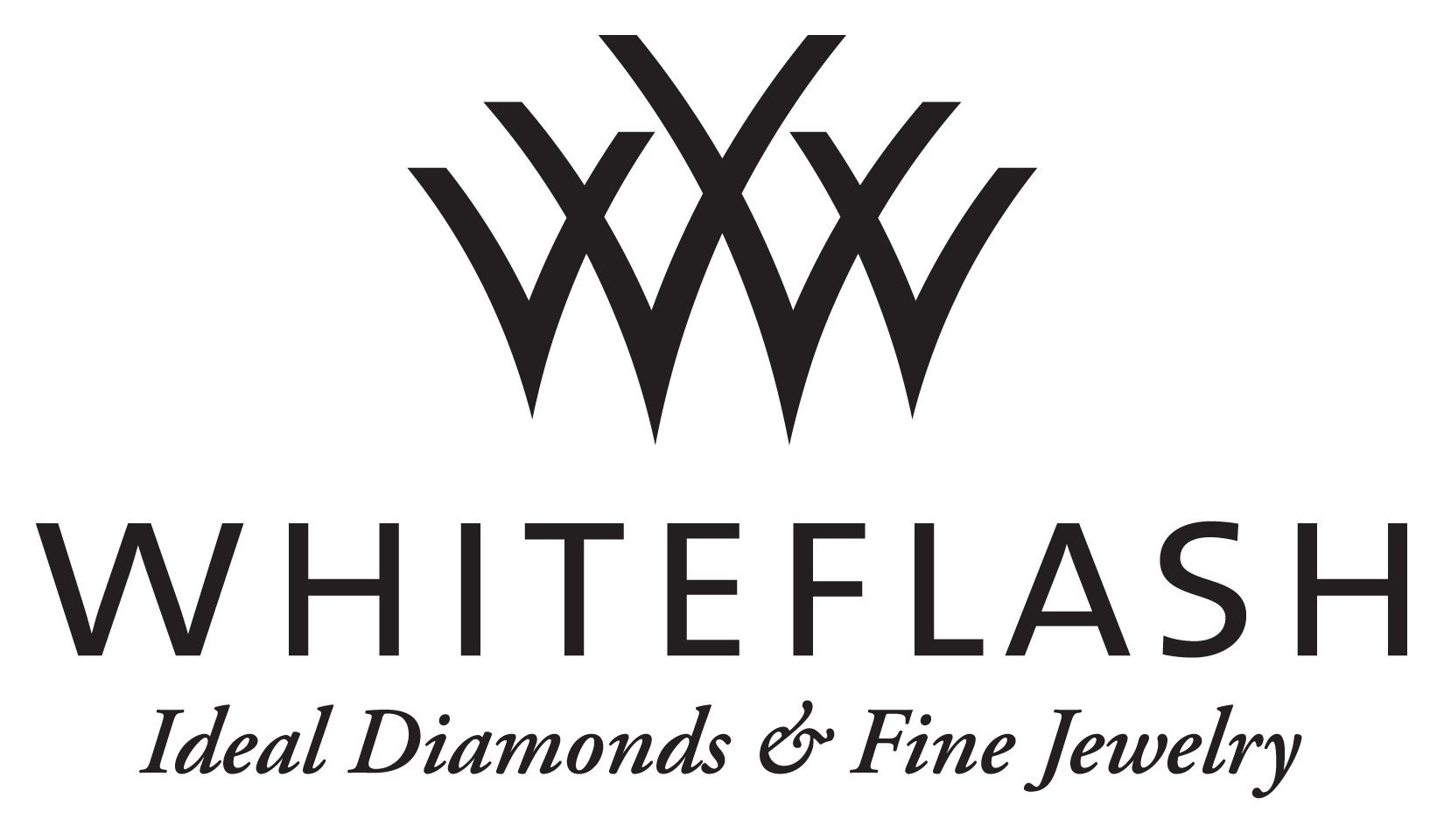
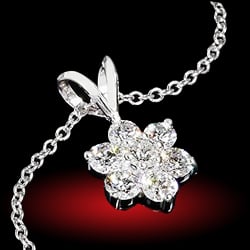
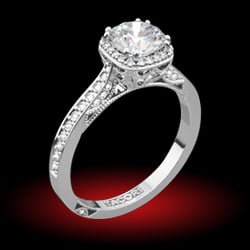
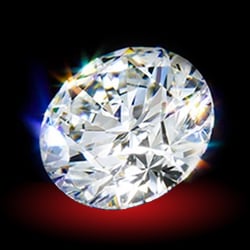






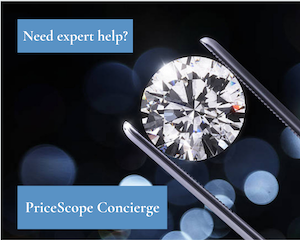
300x240.png)